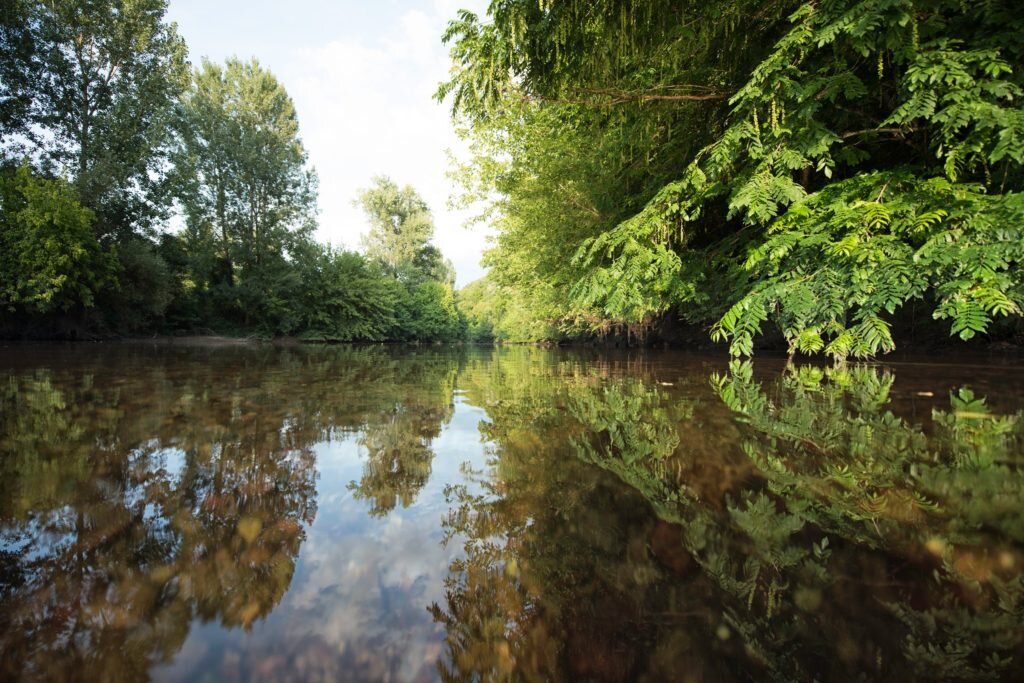Innovative use of SRFs encouraged in new Maryland legislation

Within the broad aims to improve water quality and public health, states have substantial discretion in how they use their State Revolving Funds (SRFs). The EPA and state taxpayers capitalize SRFs to finance investments in water infrastructure. How states allocate these funds may be even more important if Congress adds another several billion into SRFs, as is being discussed. The American Recovery and Reinvestment Act included $6 billion for SRFs.
Typically, states provide low-interest loans to local governments for treatment plants, pumps, and pipes. Some states provide assistance to a wider range of borrowers and projects. The EPA encourages innovative uses of SRFs and a lot of states have pushed beyond traditional projects. It can also be helpful to clarify this flexibility through authorizations in state laws.
Maryland’s Comprehensive Conservation Finance Act of 2021 (SB0737) promotes innovative uses of SRFs. EPIC and many other organizations have signed on in support of this legislation. In this post, I describe five important ways that SB0737 would improve SRFs.
First, the bill broadens the scope of projects that are eligible to receive assistance, as a number of other states have done. The proposed changes to the state code clarify that SRF loans could support easements and acquisitions to protect source water protection areas, forests, and wetlands. SB0737 is the first bill, as far as I know, to define blue infrastructure in the US. The bill emphasizes that blue and green infrastructure contributes to water quality and is eligible for SRF assistance. This emphasis puts blue and green infrastructure on par with gray infrastructure.
Second, SB0737 expands the types of borrowers that could receive SRF assistance. In most states, nonprofits and for-profits cannot access SRF financing for nonpoint source pollution (NPS) control projects. The proposed changes to the state code would allow local governments to sponsor green infrastructure projects developed by nonprofits and for-profits. The state would lower the interest rates for loans that included sponsored projects to ensure local governments do not incur higher costs for doing so. Sponsorship programs have successfully financed green infrastructure projects in other states. For example, borrowers applying for the Water Resource Restoration Sponsorship Program in Ohio can sponsor third parties to protect and restore watersheds. Sponsorship provides innovative third parties the financing they need to implement projects that improve water quality and public health. In addition, the proposed changes would allow Maryland to provide loans to organizations in Pennsylvania to improve water quality in the Susquehanna River watershed, so long as the Chesapeake Bay Program Partnership approved of the organization. Washington and Idaho have done something similar.
Third, the bill allows Maryland to provide different types of assistance. One type of assistance that states currently provide is guaranteeing loans when local governments seek to borrow capital from the private or municipal bond market. Such guarantees can lower the cost of borrowing. The proposed changes would allow SRF programs in Maryland to also guarantee loans to nonprofits and for-profits on Pay-for-Success contracts, green bonds, or environmental impact bonds that enhance water quality. The bill also encourages states to combine private funds, grants, and loans to launch multi-year initiatives.
Fourth, SB0737 sets up a potential revenue source for repaying SRF loans by defining environmental outcomes as a commodity. Unlike the ratepayers that fund most gray water infrastructure, NPS pollution control projects may not be associated with clear revenue streams. It can be difficult to secure a CWSRF loan without a revenue stream to repay borrowed funds. The ability to sell improvements in environmental outcomes as a commodity could provide revenue to fund NPS pollution control projects.
Fifth, the bill includes several changes to better meet the needs of disadvantaged communities. The proposed changes explicitly prioritize providing assistance to low-income communities. The bill sets aside funding to provide grants to disadvantaged communities to plan and design projects. It also extends the terms of loans to disadvantaged communities to 40 years. Finally, the bill encourages the state to use SRFs to finance toxic lead service line replacement (LSLR), consolidate water utilities, and finance green infrastructure in communities that face environmental and health hazards. SRFs have been an important policy tool in financing LSLR and promoting consolidation in other states. For example, Wisconsin provided funding for private side lead pipe removal in 2019 after the federal Water Infrastructure Fund Transfer Act (WIFTA) made it possible to transfer funds from its CWSRF to DWSRF. Together, encouraging the innovative uses of the SRF will help Maryland achieve water quality goals, expand local jobs, and reduce environmental injustice.

